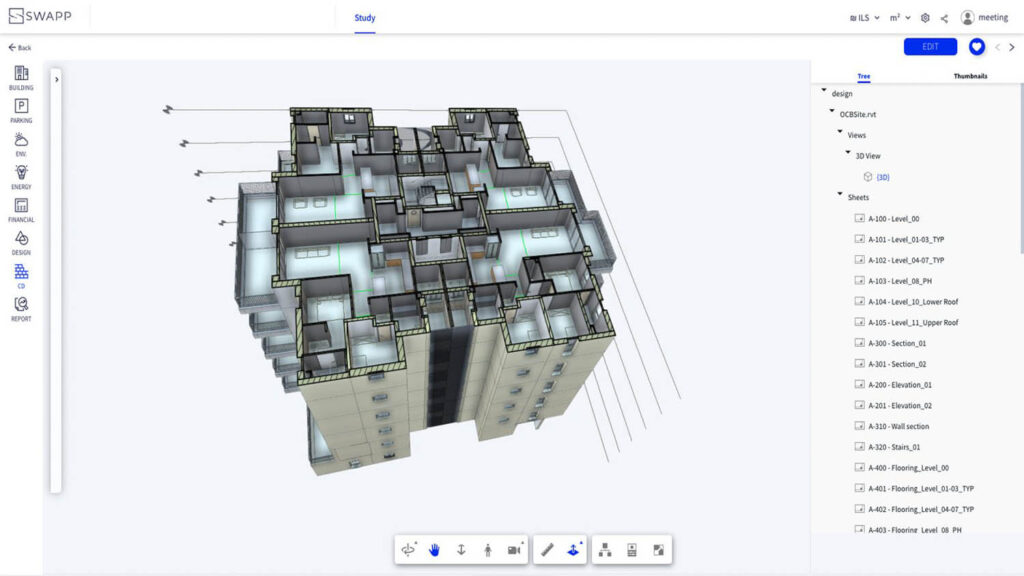With AI stories hitting the headlines with remorseless regularity, Stephen Holmes has been considering how product designers and engineers might be preparing for the brave new world this technology promises
The chances of me being able to make it through this issue without at some point mentioning artificial intelligence, or AI, were about the same as me being able to walk through traffic blindfolded without being hit by a vehicle.
AI is everywhere right now — and we could devote hours of time discussing which of the stories making the headlines involve true AI, which are simply machine learning, and further down the food chain, which are just marketing bullshit promoted by opportunists trying to hitch a ride on the AI bandwagon.
Whatever the emerging technology might be, it now seems that the media will pick it up and run full speed with it until it reaches burnout. Or, like the smartphone, it will be assimilated so thoroughly into everyday life that it loses any novelty value.
I suspect AI will follow the latter trend. It will be something to which we all adapt, to a point where we no longer marvel at its abilities. Like autocorrect, but much better. At least it will be capable of understanding that the word ‘ducking’ hasn’t been used much since seventeenth century witch trials.
Coming soon?
What’s different about AI is its apparent future ubiquity. It seems destined to impact all walks of life. With a quick scan of just this morning’s headlines, I see it show up in stories about global financial markets, essays written by school kids and a helpline for eating disorders. Barely a day goes without us receiving yet another warning that it will ultimately lead to humanity’s extinction.
Yet here we sit, all participants in the 3D design space, with little to show — yet — for what to all intents promises to be the biggest technological revolution since the dawn of the internet.
As Physna’s Paul Powers wrote back in March, while there’s massive potential for AI in 3D design, it is taking much longer to reach us.
For product designers, design inspiration could be the first big winner, allowing users to generate 2D images for concepting and mood boards. Then there are tools like Vizcom, capable of importing your sketches and generating renders from them.
In terms of generating actual 3D models from text requests, there are no options that should have designers fearing for their livelihoods just yet — not Open AI Shap-E, nor Nvidia Magic3D, nor Google DreamFusion.
But the fact that such big names even have an interest in the 3D modelling space will likely have CAD tool vendors scrambling to quickly include some of this in their own offerings.
In our neighbouring field of AEC, architects are having a much more worried conversation about what AI means for them. If an AI programme like Swapp can map out entire hotels and apartment blocks into a BIM model and produce the drawings, then what does this signal long-term for the thick-rimmed glasses crew?
Prepare for an influx
This — and the way that AI is impacting other industries like graphic design, photography, visual effects and more — drags us back to how product designers should be approaching what’s out there now and preparing for an influx of workflow-upending AI tools.
One thought is that by using some of the AI tools we’ve already mentioned, the concepting stages for a design could be faster, but also produce many more options and avenues for products.
Even with all the sales and focus group data that could be fed into such a process, an experienced design head is still going to be critical in deciding which AI-generated ideas merit further investigation and might be taken into development.
The education of future designers needs to be reconsidered, but that’s just the start. As I see it, if this is one of the few sectors with a little time to consider the impending tidal wave of uses for AI, then we best use that time well. We should be proactive in deciding how we want to make use of the advantages it can offer.
Seeing as designers and engineers are the ones most often tasked with tackling the worst problems facing mankind, then we’ve got to hope that AI will be of some ‘ducking’ use to us.
This article first appeared in DEVELOP3D Magazine
DEVELOP3D is a publication dedicated to product design + development, from concept to manufacture and the technologies behind it all.
To receive the physical publication or digital issue free, as well as exclusive news and offers, subscribe to DEVELOP3D Magazine here






